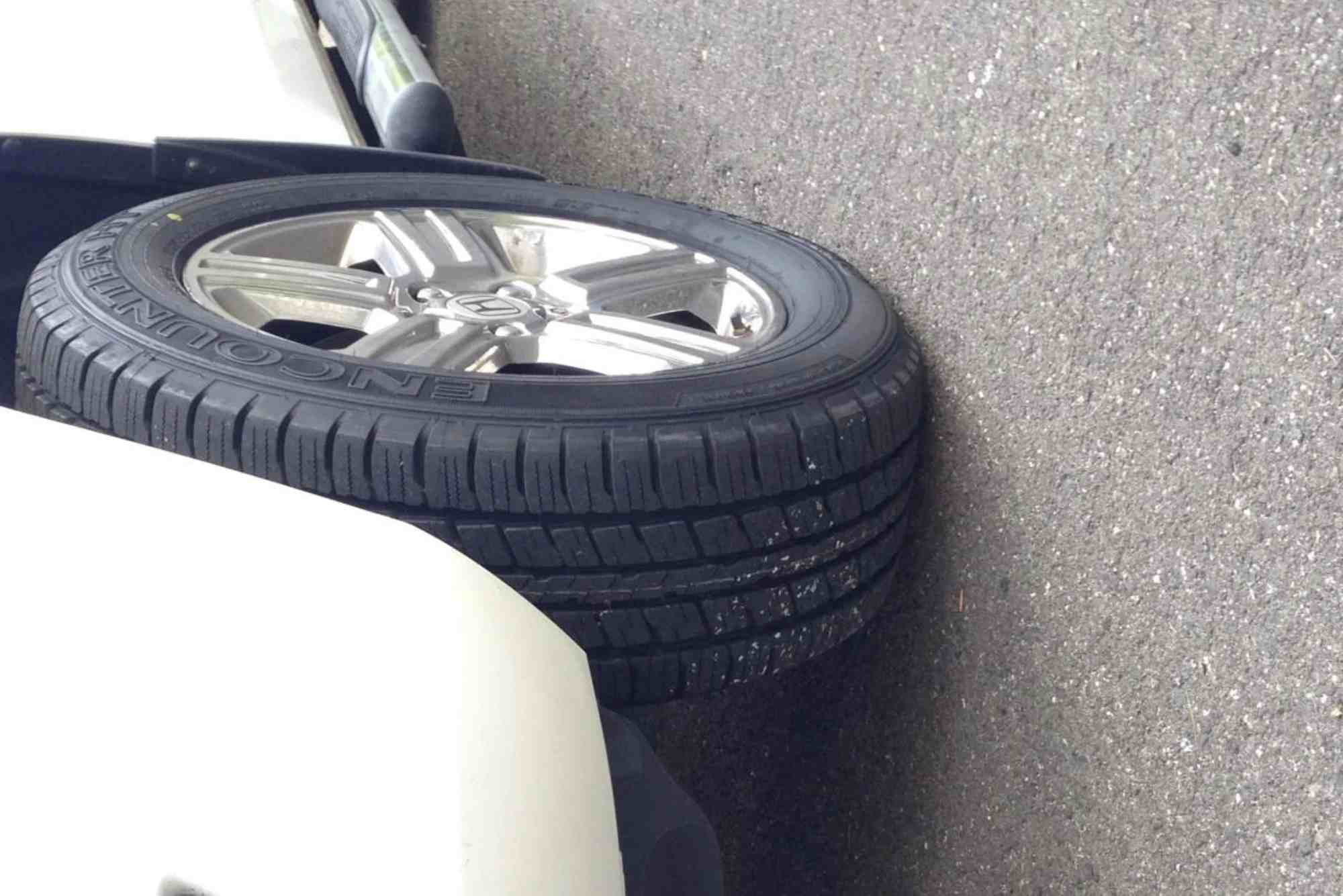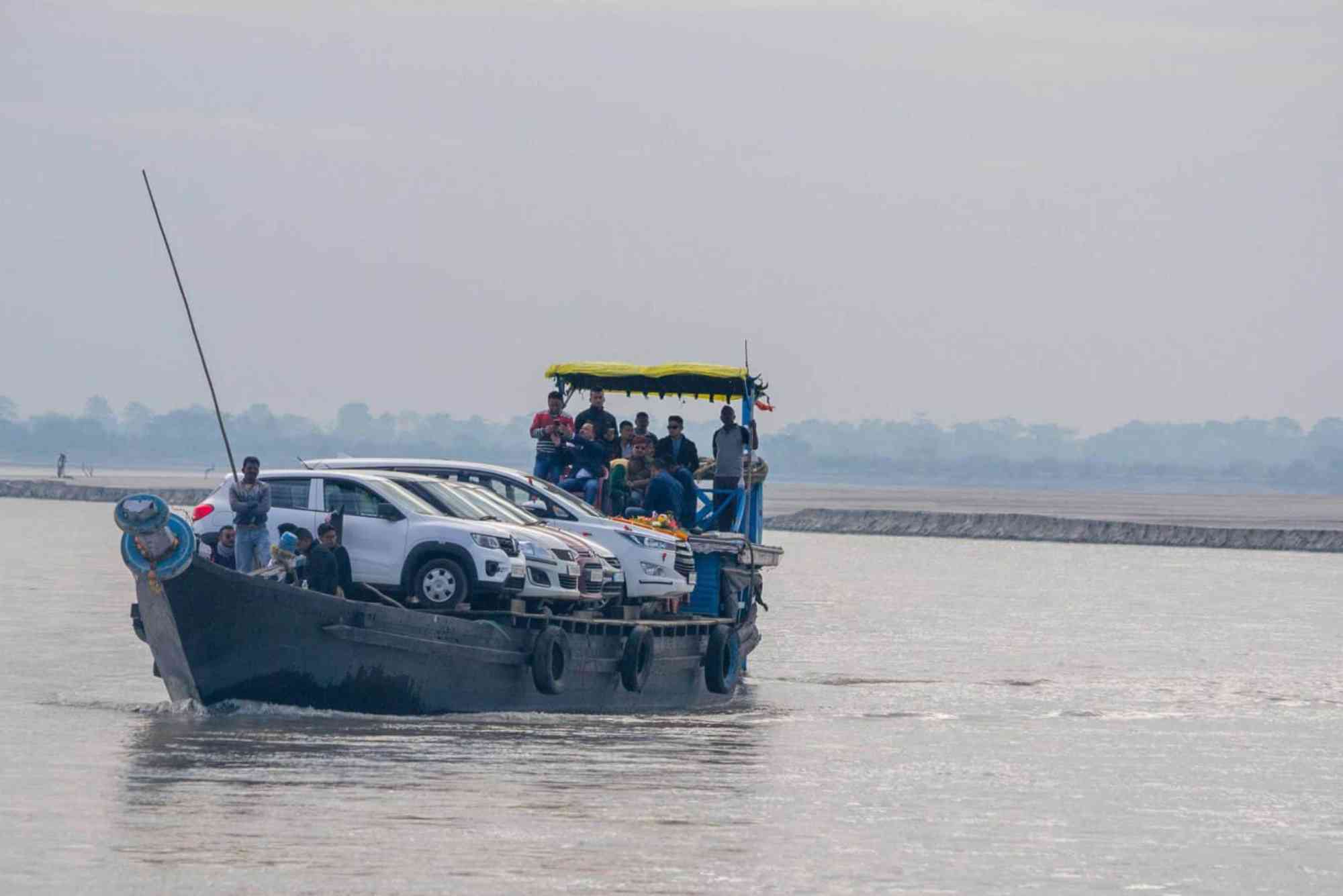Sumitomo Tires Review 2017: Durability, Performance, and Value
When it comes to choosing the right tires, drivers want a balance of performance, safety, and cost-effectiveness. In this Sumitomo tires review 2017, we take an in-depth look at how these Japanese-engineered tires perform in real-world conditions. Known for delivering quality at competitive prices, Sumitomo has been a trusted name in the tire industry for decades. But how do their 2017 offerings stack up in terms of durability, handling, and overall value? Let’s explore.
Introduction to Sumitomo Tires
Sumitomo Rubber Industries, a globally recognized tire manufacturer from Japan, has been in operation for more than 100 years. The brand has built a reputation for innovative tire designs, robust performance, and competitive pricing. The 2017 lineup included popular models such as the Sumitomo HTR A/S P02, HTR ZIII, and Touring LS H, which catered to different driving needs from sporty performance to comfortable touring.
In 2017, Sumitomo focused on combining advanced tread compounds with precision engineering to deliver consistent road grip, long tread life, and quiet performance. This combination made the brand appealing for drivers looking for an affordable yet reliable alternative to premium tire brands.
Durability and Tread Life
Durability is a critical factor when choosing new tires, and the Sumitomo tires review 2017 results show that the brand excels in this area. Thanks to high-grade rubber compounds and reinforced sidewalls, these tires withstand daily wear exceptionally well.
The tread life of 2017 Sumitomo tires often exceeded expectations for their price point. Many users reported getting between 50,000 to 65,000 miles before noticeable wear appeared, depending on driving habits and road conditions. For example, the Sumitomo Touring LS H was praised for its long-lasting tread, making it ideal for high-mileage drivers.
In addition, the tread patterns were designed to resist uneven wear, which not only extends tire life but also maintains consistent performance over time.
Performance in Different Conditions
Sumitomo designed its 2017 tires with versatility in mind. Whether driving in dry, wet, or mildly snowy conditions, these tires delivered a stable and confident ride.
Dry Road Performance
On dry roads, Sumitomo tires provided excellent stability and cornering ability. The high-silica tread compound enhanced grip, allowing drivers to feel in control even during quick lane changes or high-speed driving. The HTR ZIII, in particular, was praised for its sporty feel and precise handling, making it a favorite among performance car enthusiasts.
Wet Weather Handling
Safety in wet conditions is non-negotiable, and 2017 Sumitomo tires performed well in this regard. The tread designs featured wide circumferential grooves and lateral sipes, which helped channel water away from the tire’s surface, reducing hydroplaning risk. Test drivers noted that braking distances remained short and steering feedback stayed responsive even in heavy rain.
Light Snow and Winter Performance
While not a replacement for dedicated winter tires, many 2017 Sumitomo all-season models provided adequate grip in light snow. Their siped tread blocks offered extra biting edges, which helped maintain traction during cold weather. However, for severe winter conditions, Sumitomo’s specialized winter tire range was the better choice.
Ride Comfort and Noise Levels
One of the standout features noted in this Sumitomo tires review 2017 is ride comfort. Engineers prioritized reducing road noise by using advanced tread pitch sequencing, which breaks up sound frequencies and minimizes cabin noise.
Drivers frequently commented on the smooth ride quality, even on rougher roads. This was especially true for touring-oriented models like the Touring LS H, which absorbed bumps and irregularities effectively. For drivers who spend long hours on the road, this comfort level made Sumitomo tires a highly appealing option.
Value for Money
Affordability is one of the strongest selling points of Sumitomo tires. In 2017, they positioned themselves as a mid-tier brand offering near-premium performance at a fraction of the cost. Many customers found that they could get two or three seasons of excellent performance without breaking their budget.
Considering the impressive tread life, solid all-weather performance, and comfortable ride, the value proposition was hard to beat. Drivers looking for a reliable, cost-effective tire option often found Sumitomo to be the perfect fit.
Expert Verdict on the 2017 Sumitomo Tires
Based on durability, performance, comfort, and cost, the 2017 Sumitomo tires earned high marks from both experts and everyday drivers. They proved to be a dependable choice for those who needed a balance between performance and affordability without sacrificing safety. While not the absolute best in extreme winter conditions, they excelled in most other driving environments.
FAQs
Are Sumitomo tires good quality?
Yes. Sumitomo tires are known for their solid build quality, reliable performance, and long tread life, especially for their price range.
How many miles can you get from 2017 Sumitomo tires?
Depending on the model and driving habits, most drivers reported 50,000–65,000 miles before significant tread wear.
Are Sumitomo tires good for winter driving?
Their all-season tires handle light snow well, but for heavy winter conditions, a dedicated winter tire is recommended.
Do Sumitomo tires make a lot of noise?
No. Most 2017 models were engineered to reduce road noise significantly, offering a quiet and comfortable ride.
Are Sumitomo tires worth the money?
Absolutely. They offer excellent value, combining durability, performance, and comfort at an affordable price point.





